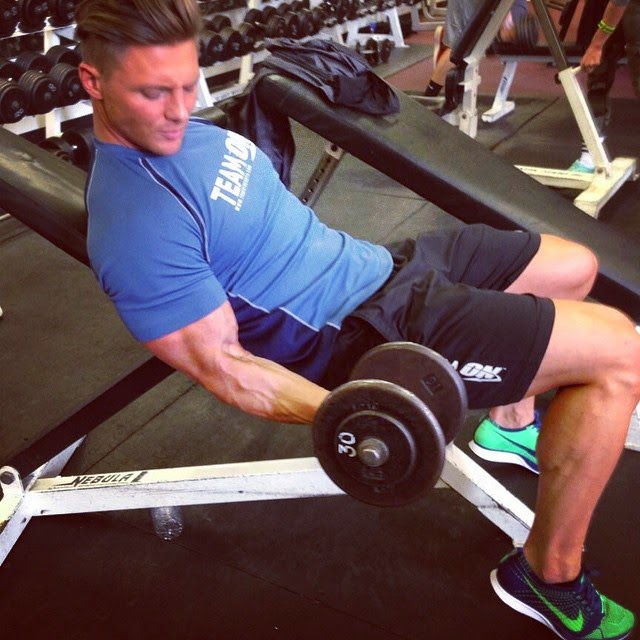The main rules of self-motivation its all about how to create the perfect body , make yourself stand and still constantly move and exercise.
1. Dream of a "new self":
Successful path to a new target begins with the fact that you must clearly identify yourself what exactly you are not satisfied with the current situation. In addition, in some way you have to "hate" your body to want to change any effort.
If you are "OK" with what you have today, you just do not have the motivation to ensure that work really hard for big changes. Basically, you need to have a little tummy, to dream to make a relief press cubes .
2. Locate Associates:
Deciding to quit smoking, but keeping the circle of friends - smokers do not expect them sincere approval and support. Even if they will be assured that they understand your motives, until they quit smoking, these friends do not fully share your ideas.
Do not try to counsel in sports matters with those who do not understand this - get the people to whom this topic is close and interesting. Meet in the gym with someone who works in a similar method of training to play sports together.
3. Visualize Your Goal:
Find the image of the "dream figure" - the physical body, to which you aspire. When searching, try to pay attention to the growth and somatotype model as undersized endomorph can not become a handsome ectomorph .
In addition, Set realistic goals - rate your current physique, then think about how you would like to see yourself in 6 months. Do not choose the ideal pumped sports model, because it only discourages.
4. Look For The Global:
Do not attempt to monitor progress in achieving this goal too often. Will weigh more than every hour or doing measurements of muscle twice a week - the removal of the key parameters of the body enough time to spend in 15-20 days.
Focusing on minor details of what, in fact, is the change in weight per hundred grams, you lose the big picture while taking wrong decisions in the long run. If you decide to gain muscle - dial.
5. Do Not Stand On The Spot:
Repeating year after year the same training program, you will not be able to achieve notable success. The only possibility of qualitative growth and progress - the use of new techniques of training and expanding the boundaries of the possible.
One of the major mistakes - the realization that you already know everything about fitness, and learn more nothing. Always read the proper technique for performing long-known exercises you're looking for a technique complication training and other new information.








.jpg)















